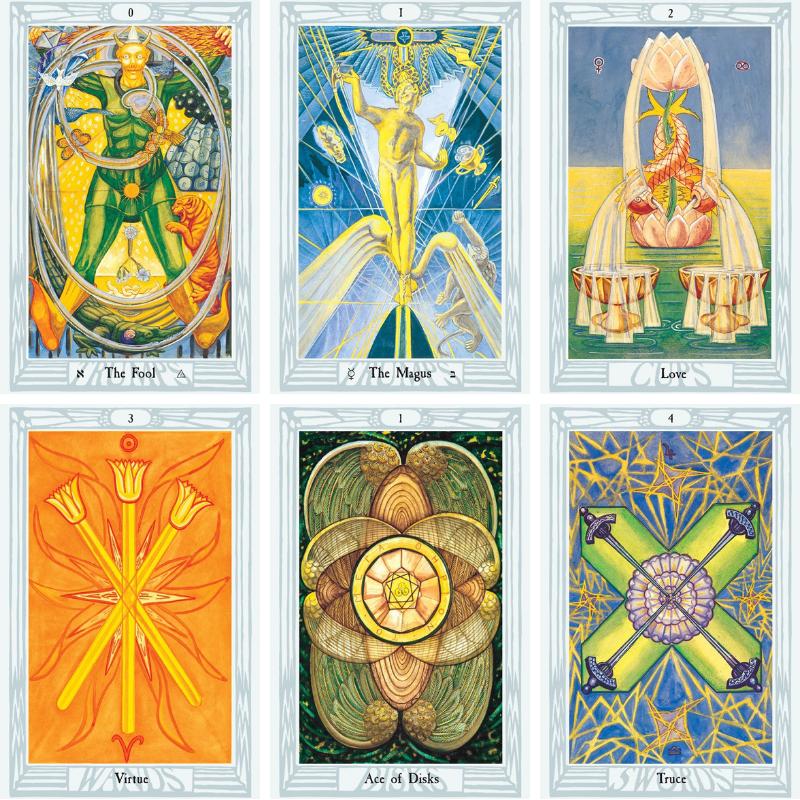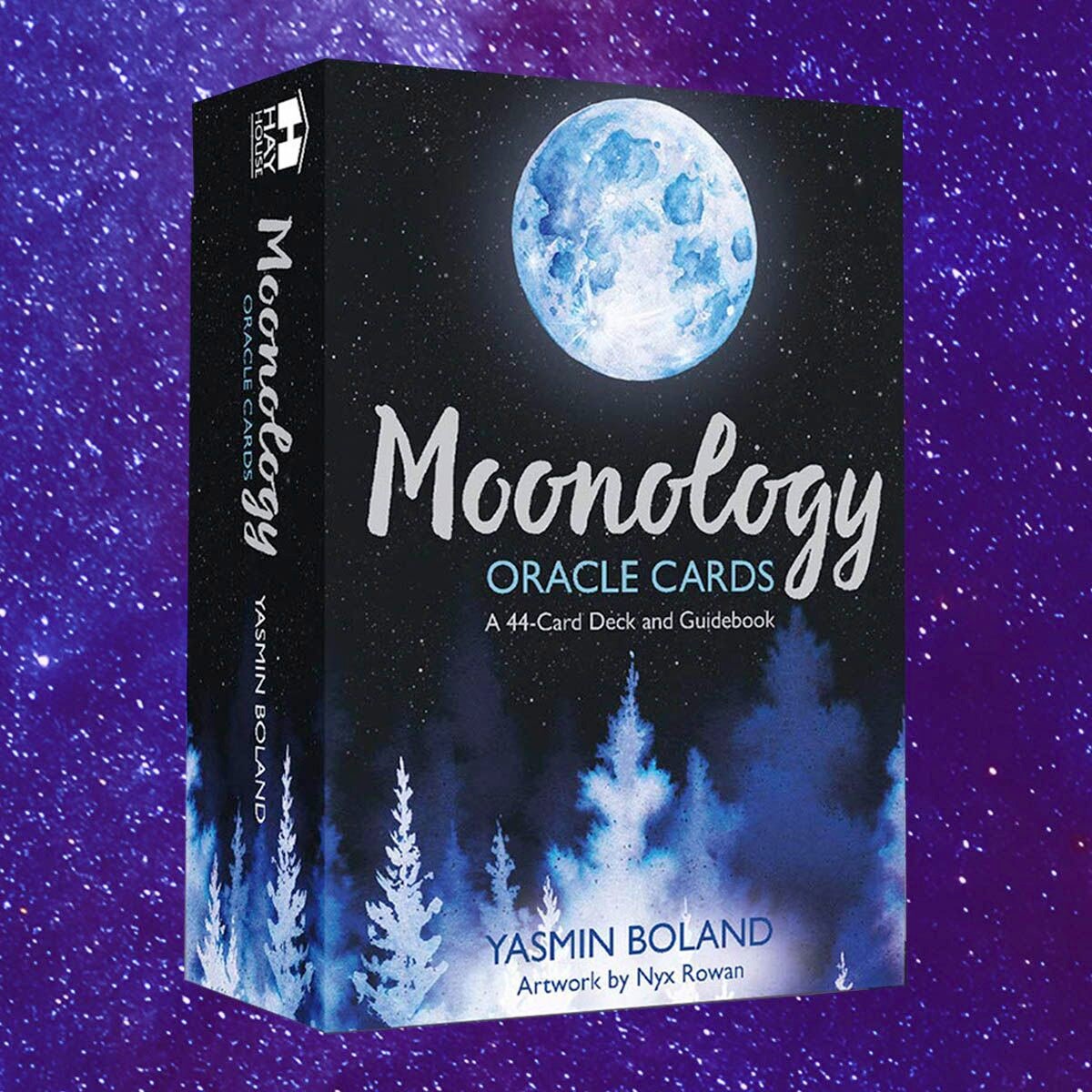
You can read tarot cards intuitively, but there are a few things you need to know before you begin. Rose suggests closing your eyes while you shuffle your cards and asking your spirit guides for guidance. Meditation is another way to connect with your intuition. Your inner knowing will help you to overcome fear, doubt, anxiety, and analyze.
Reading tarot cards with intuition
Tarot card reading can be made easier by intuition. However, it is not a scientific process and requires practice. There are many ways you can increase your intuition to help you feel more connected with yourself. Engaging in mindfulness practices will help you to feel more in tune and in tune with your experience.
When trying to interpret a cards meaning, you should focus on the whole card and not just the words. This will allow you to gain insight by combining the imagery of the card into a story. An intuitive tarot card reader can see what the card is telling you. The traditional keywords for The Empress card include nurturing, abundance, and feminine energy. It can also be related to pregnancy or birth.

Intuition can be quiet and subtle. You may feel a sensation or hear a voice inside your head. It can also feel like a physical sensation.
There are some things you should know about intuitive tarot cards readings
There are some basic do's and don'ts to keep in mind when performing intuitive Tarot readings. First, you shouldn't try to read another person's cards without first reading theirs. This is because your intuition may differ from the tarot-reader's.
The second tip for intuitive readings: Keep your mind open and your heart free. By keeping a clear mind, you will have more confidence. Practice is the first step to gaining an intuitive reading. Meditation can be a great way of practicing and can help to connect with your inner knowing.
A Tarot deck is the next step to learning how to use intuition. You can start by selecting a card you are curious about, and then placing it face down. Ask for help in understanding what the card means. Do not try to guess what the meaning is. Instead, focus on where you are. A flash of color or a sound might appear, or you may feel a message coming from your body.

Origin of the Tarot Cards
It is hard to trace the origins of intuitive tarot decks, but they have been around for many centuries. The cards are believed to have been used originally as prediction tools and games. The first use of tarot decks for mystical purposes was discovered in 1785 when Jean-Baptiste Alliette, an French occultist developed links between the illustrated cards with astrology or ancient Egyptian lore.
The earliest tarot cards were likely based upon Roman myths or Egyptian myths. However, there are many theories about their origin. Most people believe that the Mamluks invented the tarot, which was a tribe of people living in the eastern Mediterranean. This theory is not sufficient to explain 21 trumps. The Italian Renaissance is where the earliest known surviving tarot decks were developed. They became popular with wealthy courtiers. In 15th century Italy, tarot cards were known as trionfi. These cards featured symbols from the Roman empire such as triumphs and were used at carnivals.
One way to get insight into intuitive tarot card interpretations is to feel them. If you feel heavy in your chest, it could be a sign of grief and heartache. Similarly, a heavy stomach may indicate an energetic state.
FAQ
How do I find a hobby that interests me?
It can feel overwhelming to start your search for a hobby when you first begin.
You might think, "I'm not very talented," "I struggle at sports," "I don't really know anything."
However, it is likely that you already have a lot to draw on when searching for a hobby.
It's just not something you're aware of.
Take a look around your house. Do you have a lot of stuff?
Do you have any toys from the past?
Perhaps you own a collection or magazines.
Perhaps you've always wanted a career in cooking.
Perhaps you would like to play guitar again.
It doesn't matter what it is, you can probably turn it into a hobby.
Realize that you have many experiences already.
Once you have done that, you will be able choose a hobby that suits your lifestyle.
What's a hobby?
A hobby for kids is any activity they like to do as part of their normal daily routine. Some kids like to build things, draw, paint, write, or play with toys.
Parents worry that their children might get in trouble if they are allowed to do what they like. This is not necessarily true. This is true even if your child isn't causing harm to anyone or their own safety, then they won't be in trouble.
It is important that people remember that simply because they love doing something does not mean they will always do it. If they are passionate about drawing but hate writing, they might choose to draw pictures over writing.
There are many types of hobbies. It's up to you to choose one that you really enjoy.
Where can I get free resources to learn more?
Many websites offer help in finding new hobbies.
Here are some of our favorite:
www.trythisathome.com - This site provides a list of over 100 different hobbies. It also includes information on how to get started on each one.
www.hobbyfinders.org: This website offers thousands of activities you can search by skill level, location, or interest.
www.indiebazaar.co.uk - IndieBazaar is an online marketplace designed specifically for independent artists and musicians. This site offers hundreds of products, ranging from artwork and music gear.
www.pinterest.com/explore/hobbies - Pinterest is a social media network that lets users "pin" images they find interesting onto their boards. Boards let users organize what they like into particular categories.
www.reddit.com/r/Hobbies Reddit enables users to post links and articles, as well as videos, on other social media platforms like Facebook. Voting lets users vote for which posts are the most valuable.
Statistics
- 37% Video Games 36% Travel 36% Health and Fitness (quizexpo.com)
- Much of this decline reflects the fact that teens are less likely to work today than in the past; among employed teens, the amount of time spent working is not much different now than it was around 2005. (pewresearch.org)
- Almost 80% of people claim to have no hobby. (hobbylark.com)
- A new survey by Pew Research Center of teens ages 13 to 17 finds that 36% of girls feel tense or nervous about their day every day; 23% of boys say the same. (pewresearch.org)
- This 100% accurate personality-analyzing hobby quiz discovers your passion based on your characteristics. (quizexpo.com)
External Links
How To
How to begin gardening
Gardening has been around since the dawn of agriculture. It requires patience, persistence and determination. First, choose a place where you would like to grow food. This could be a large plot of land or even just a small area in your backyard. Next, select the kind of plants that are most appealing to you. Do you prefer flowers or vegetables? Some people are passionate about growing herbs, while others like raising livestock like rabbits. You should consider how much space you have available before deciding what types of crops you plan to plant. If your climate is cold, you may decide to plant berries and fruits.
Once you have chosen what you will be planting, you must take some time to prepare your soil. The soil is crucial in determining whether your plants thrive or not. The soil should be rich in organic matter to provide nutrients for your plants' roots. Organic matter includes things like leaves, twigs, grass clippings, manure, and compost. After you have prepared your soil you must add nutrients. You may need different amounts depending on what type of plants you are trying to grow. Online fertilizer calculators can be used to determine these values. There are many fertilizers to choose from, so it is important that you are familiar with the product you are using.
After you have prepared the soil and added nutrients, it is time to wait for your seeds germination. The process typically takes 2 to 3 weeks depending on the weather conditions and temperature in your area. Once your seeds have sprouted, you need to water them regularly. Watering your plants too little or too often can cause problems. You should ensure that your plants get enough water at regular intervals. Avoid overwatering. Overwatering can result in root rot, fungal diseases, and even death. When watering your plants, remember that most plants require less water during the warm summer months than in winter. Keep in mind that certain plants may need to be dried after being watered. Tomatoes for instance need to remain slightly moist, but not wet. Soggy soil is not good for them. After the plants have finished flowering they must go dormant. When plants stop producing new growth, they go dormant and start storing energy for next season's harvest. Dormancy means that the plant stops communicating with its roots about producing food. Throughout this period, the plant stores energy. However, if the temperatures drop below freezing and there isn't enough sunlight, the plant will go to sleep.
Urban environments may limit the variety of plants you can grow. Urban areas tend to contain concrete sidewalks, roads, buildings, and parking lots that block sunlight from reaching the ground. Concrete absorbs light which blocks sunlight from reaching the ground below. Many plants can't survive in urban environments due to lack of sunlight. There are still plants that thrive in urban environments. Many trees, shrubs and perennials can thrive in urban environments. Many annuals are also possible to grow indoors in containers. Container gardens can be used to grow greenery indoors year-round, no matter what the weather outside.
Now you're ready to plant.